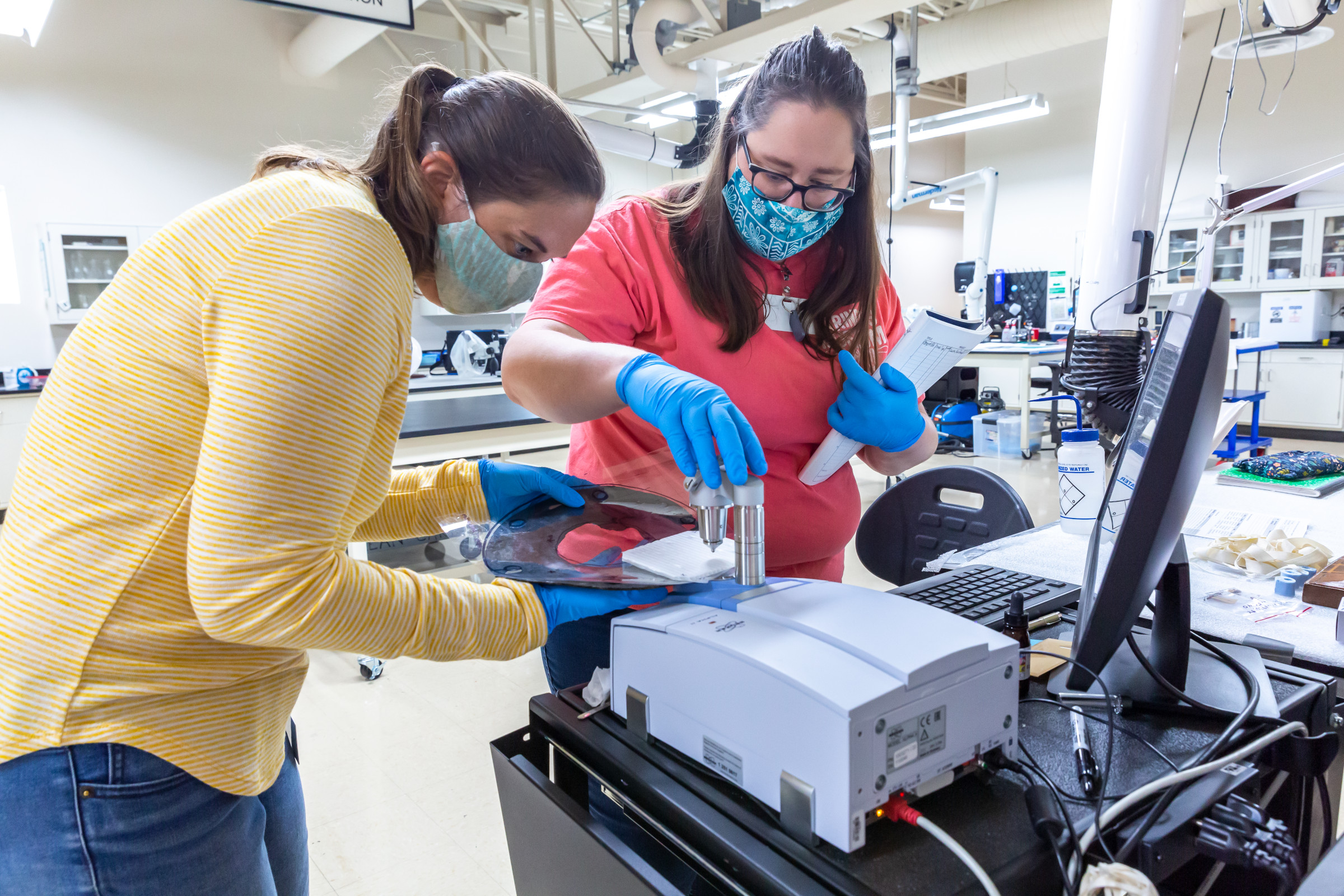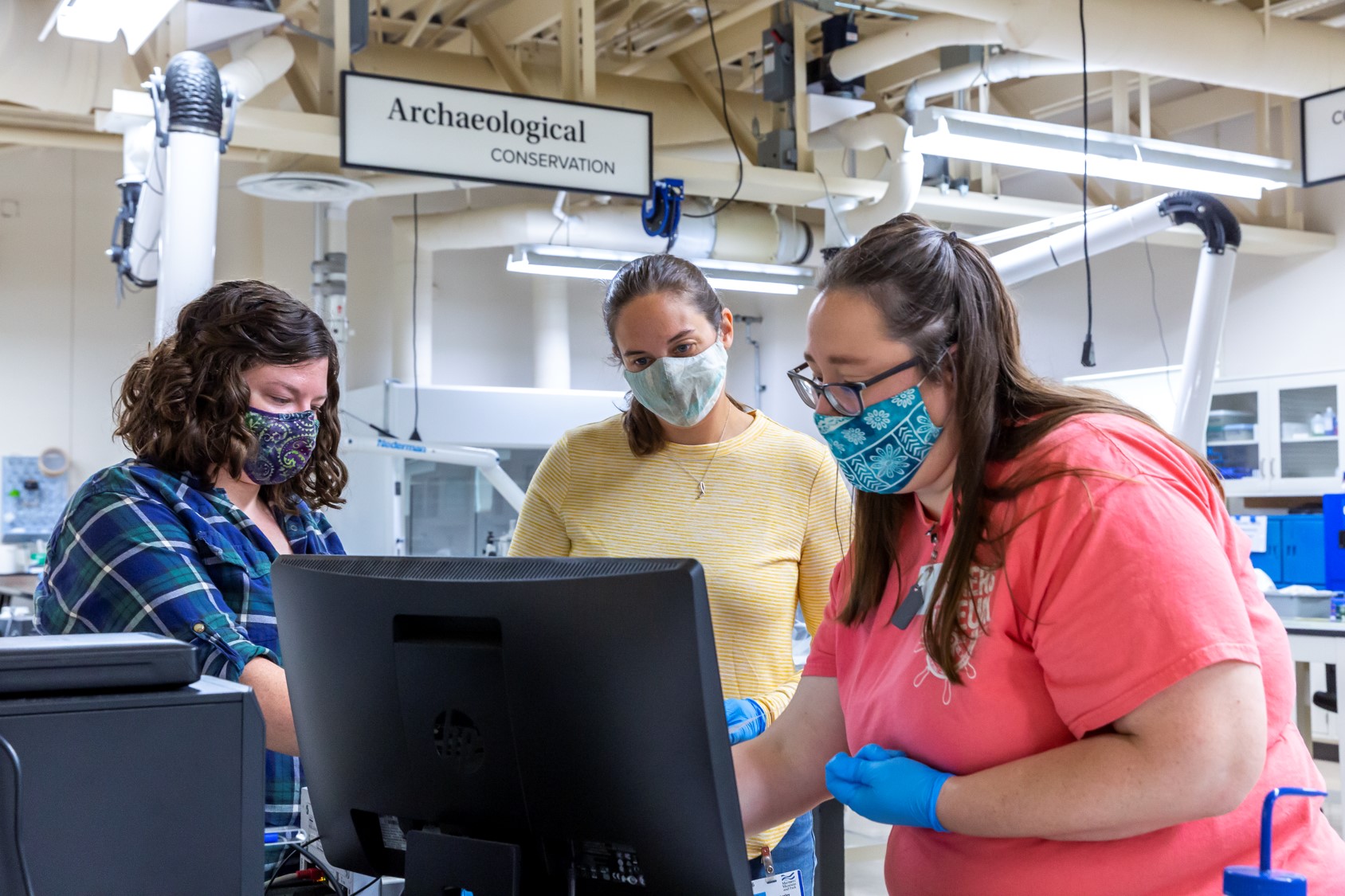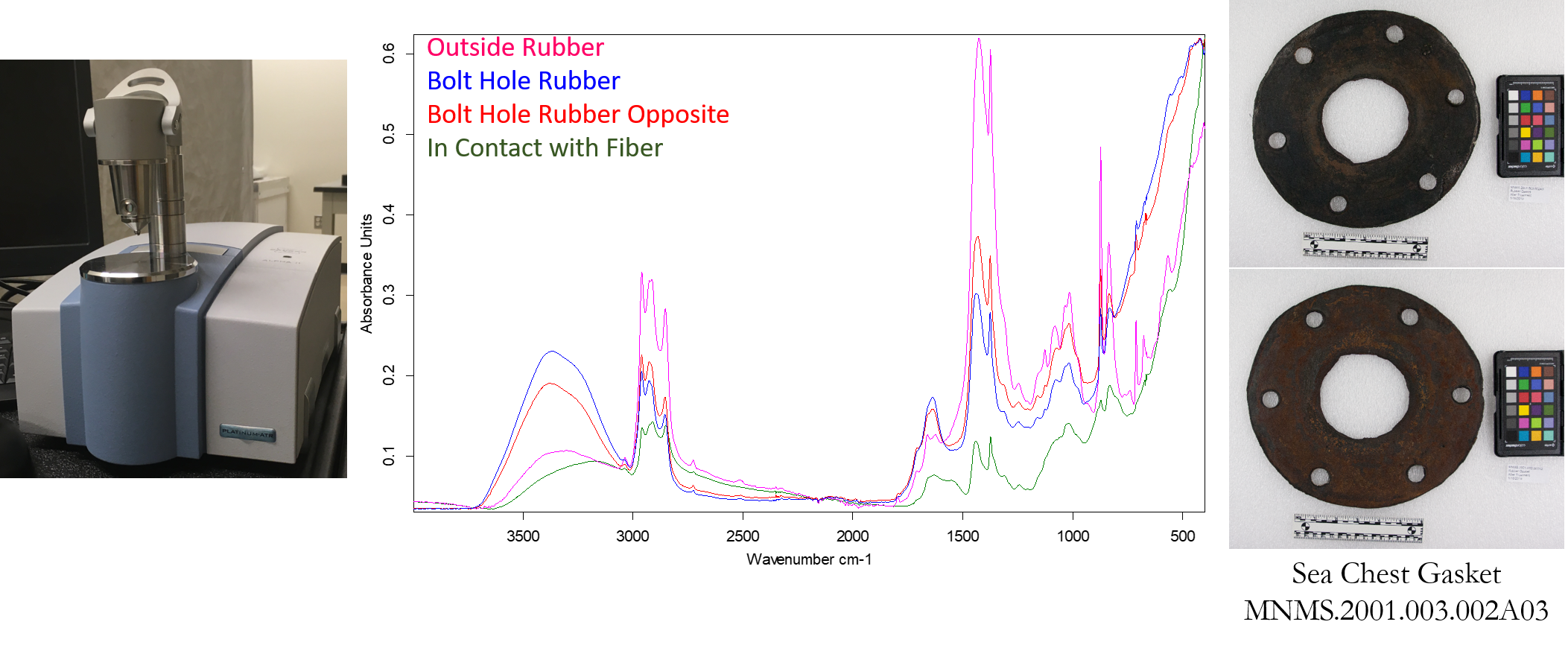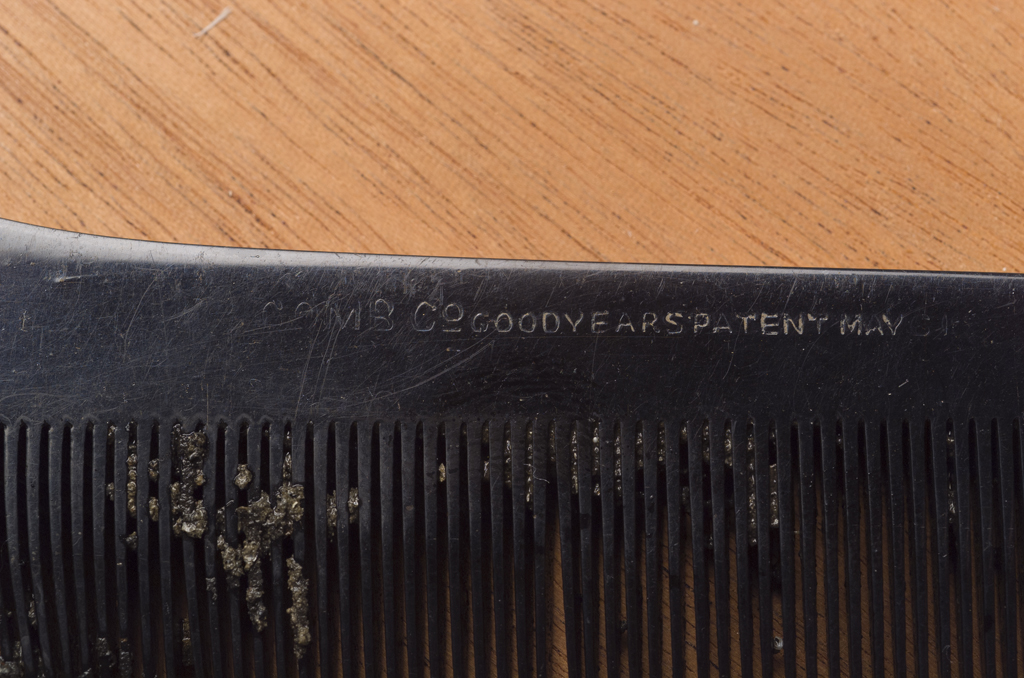I recently traveled to Panama City, Panama to present on our research of 19th century rubber from USS Monitor.


The conference I presented at was The Pan American Ceramics Congress and Ferroelectrics Meeting of Americas (PACC-FMAs). This meeting happens every two years and materials scientists and engineers make up the largest group of attendees. Conservation scientists, conservators, and archaeologists gave talks at this meeting as a part of the American Ceramics Society, which has a specialty group dedicated to conservation science and archaeology. We meet to share our current research, new scientific techniques, and challenges encountered during our research.
Specialty group members shared their research on a wide-range of projects. Even with ongoing COVID concerns, this 2022 meeting was well-attended and a lot of care was taken to safely share research. These projects include analyses of so many areas of research. I got to hear talks on Egyptian funerary portraits and South American tunics and pottery. I learned about micro-coherence tomography measurement of pottery fragments and carbon dating of fibers. A colleague shared her research on adhesives made from tree resins, which was cool give that rubber is tree resin (of sorts).
My Talk
I gave my talk on our research tracking the original sources of rubber objects from USS Monitor.
In this research, we evaluate the composition and current chemical condition of our rubber objects using attenuated total reflectance-Fourier transform infrared spectroscopy (ATR-FTIR). My talk was well received.

Attendees expressed interest in the challenges we face caring for these rubber objects. Rubber objects are heavily impacted by oxygen exposure. Attendants asked about the financial and environmental impacts of reducing or removing oxygen from the immediate environment of the objects (which will be the subject of a whole other blog).
Scientists suggested possible tests to learn more about the aging properties of our archaeological rubber objects. In addition to gaining this feedback, we also are beginning to build many potential collaborations for research, both formal and informal with educational institutions and other museums.
The goal of the next year is to build on these collaborative ideas!
